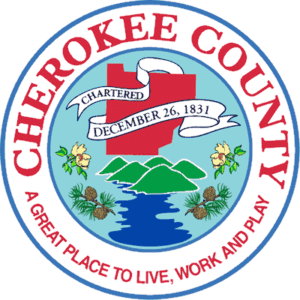 For decades, people have used news monitoring to track issues that affect them, their business, their association, or their cause. In the past, this was done with a process called “clipping” which was scanning local and national newspapers for stories related to these categories and cutting them out to keep a tab on issues at hand. This form of news scanning was an essential practice in nearly every aspect of life, from politics to business to advocacy. It allowed one to keep up with new developments in a campaign, on an issue, with a market, or with a competitor. In today’s online world, this process still exists; it has simply gone to the online world and covers a much larger scale. This can be overwhelming, and it can seem impossible to keep up to date with the 24/7 news cycle and nearly immediate news updates. There are many tools and strategies you can use to help make this process easier while increasing effectiveness.
For decades, people have used news monitoring to track issues that affect them, their business, their association, or their cause. In the past, this was done with a process called “clipping” which was scanning local and national newspapers for stories related to these categories and cutting them out to keep a tab on issues at hand. This form of news scanning was an essential practice in nearly every aspect of life, from politics to business to advocacy. It allowed one to keep up with new developments in a campaign, on an issue, with a market, or with a competitor. In today’s online world, this process still exists; it has simply gone to the online world and covers a much larger scale. This can be overwhelming, and it can seem impossible to keep up to date with the 24/7 news cycle and nearly immediate news updates. There are many tools and strategies you can use to help make this process easier while increasing effectiveness.
Google Alerts
Google is a search engine that grants people quick access to information. It can be quite time consuming to search each term or phrase that relates to your issue and try to sift through countless stories and websites trying to find the most recent developments. This is where Google Alerts can be used to help save time and increase the efficiency of your news scanning.
Google Alerts is a free-to-use service in which you can add all of your key terms and phrases to a list and Google will send you email alerts whenever a news story or update is released that relates to that term or phrase. You can schedule a set time that all of your alerts come into your email. You can choose morning, afternoon, or evening or even multiple times throughout the day, if you have an issue that needs constant monitoring.
It is also good practice to add a Google Alert for your name. Doing this will allow you to be alerted anytime your name appears in a story or somewhere online. Also, if you own a business or brand, you should have an alert set up for these as well for the same reasons.
Feedly
Feedly is a news aggregator application for your web browser that allows you to bookmark and organize all of the websites you regularly check for updates. You can categorize these based on your needs so you can keep track of different sites for different topics. The feed allows you to scan RSS feeds, news and updates from your tracked sites by date and popularity all in one place. Having all of your news sources together saves you the time of having to go to each site separately looking for updates.
Feedly is a free-to-use platform which includes most of its features, but also has a paid pro option that will allow you to incorporate your Google Alerts into your Feedly feed as well as give you access to unlimited feeds, sources, and premium customer service.
Following Social Media
Much important news is shared these days through social media. A good practice to have is to make sure you follow your news sources on social media platforms such as Twitter and activate notifications for any that you need to track closely. This way, when something new is posted or updated you can be in the loop. Sometimes news and updates will be posted to social media before they are released on news sites; this way, you can keep on top of important issues that affect you and your business or association.
Following specific hashtags is also a great way to keep up on trending news related to your cause or industry. You should do research and find if there are any highly-used hashtags that fit to your needs and follow them as they tend to lead you to updates and news quickly as well. Though social media can get quite noisy at times, it is still a great source of updates for news, causes, and events if you can develop a system for aggregating the news important to you through notifications and hashtags.
Stay in the Loop
There are many options for staying on top of news related to your specific needs. In today’s world of quick, shortened news cycles and instant 24/7 news updates, it can seem impossible to keep up with everything at once, but these tools help make it easier and less stressful. Of course, there is nothing wrong with reading the local newspapers or doing Google searches for news updates. These suggestions are simple tools that will make monitoring news much more productive while giving a broad scope of resources all at once in an organized way. Keeping on top of things is essential for many businesses, causes, and just day to day life, and with these tools, you’re all set.
Need More Help?
For more information, visit us at www.arc3communications.com or contact Patrick Burns at pburns@arc3communications.com. We look forward to working with you to acheive all of your content, digital, and advocacy goals.


